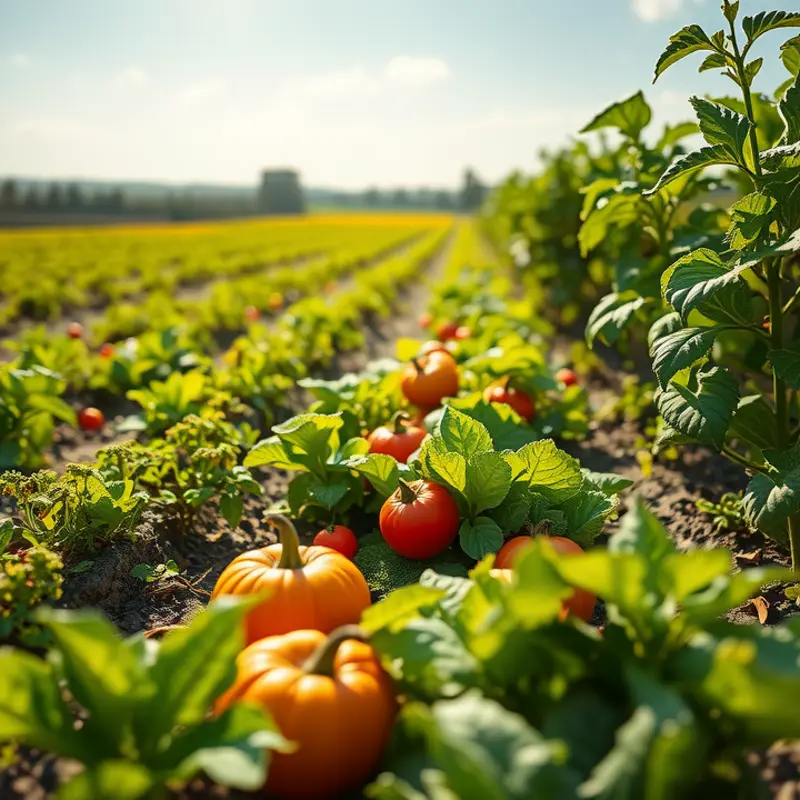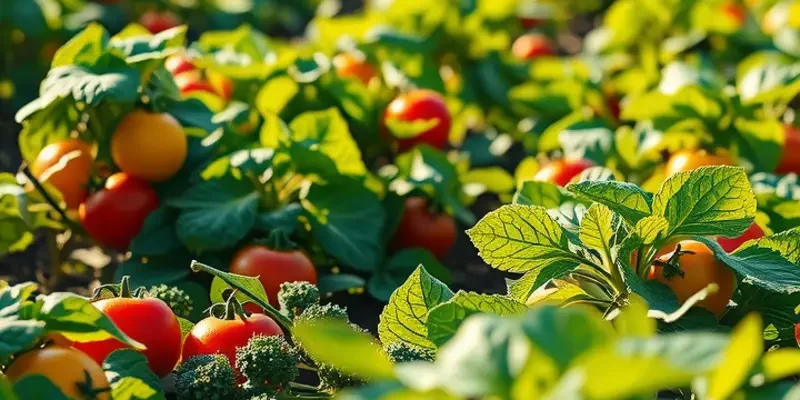Adopting eco-friendly freezer storage techniques is essential for reducing waste and optimizing food management. These strategies not only help keep your food fresh but also minimize your environmental footprint. By making small changes to how we store our food, we can all contribute to a more sustainable lifestyle while ensuring our meals remain safe and delicious.
Mastering Food Organization: The Key to Efficient Freezer Use

An organized freezer is essential for ensuring food longevity and minimizing waste. By following structured storage methods, you can create an efficient system that helps maintain the quality of your frozen items. This chapter delves into actionable steps to transform your freezer into a well-organized, eco-friendly space.
1. Categorize and Label: Begin by categorizing food into sections. Assign specific shelves for meats, vegetables, and prepared meals. Label each shelf or drawer, enhancing visibility and enabling easy retrieval. Label each container with its contents and the date it was frozen. Utilizing transparent storage containers further assists in quick identification.
2. Prioritize with FIFO: Implement the ‘First In, First Out’ (FIFO) method. Place newer items at the back and older items at the front. This system reduces the risk of forgetting about older items, effectively minimizing waste.
3. Optimize Space with Containers: Utilize square or rectangular containers that stack easily. They maximize space and prevent clutter. Avoid round containers as they waste precious freezer real estate. Vacuum-sealed bags are excellent for storing flat items like soups and stews, allowing you to stack them neatly.
4. Use Uniform Storage Temperatures: Ensure your freezer remains consistently cold at 0°F or below. A stable temperature prohibits microbial growth and freezer burn, keeping food safer and fresher. Invest in a reliable freezer thermometer to monitor temperature.
5. Consider Vacuum Sealing: Vacuum-sealing helps preserve food by removing air, slowing spoilage, and preventing freezer burn. This method is beneficial for long-term storage of items like meats and vegetables. It contributes to sustainability by extending the life of your food, reducing the urgency of cooking it immediately.
6. Don’t Overpack: Avoid overpacking your freezer. Adequate ventilation around items ensures efficient cooling and prevents stress on your freezer’s motor. Leaving some space also accommodates any unexpected additional items or grocery finds.
7. Rotate with Seasonal Changes: Adjust your freezer’s contents with seasonal shifts. During summer, allocate space for frozen fruits, perfect for smoothies. In winter, stock up on frozen soups and broths. This rotation aligns with seasonal eating habits, contributing to a more sustainable lifestyle.
8. Keep an Inventory: Maintain an inventory of stored items. Note down what you have and when it needs consuming. Consider a digital list on your phone or a simple chart on the fridge. This practice ensures nothing is overlooked and reduces the tendency to buy duplicates.
Integrating these strategies transforms how you use your freezer, optimizing food storage while supporting sustainability. For additional tips on effective kitchen storage, explore our guide on eco-smart kitchen storage. By mastering your freezer organization, you secure fresher meals, lower grocery costs, and reduce your environmental footprint.
Sustainable Techniques for Freezer Storage: Best Practices

Harnessing the full potential of your freezer with eco-friendly practices not only maintains food quality but also supports environmental well-being. At the core of sustainable freezer storage is the choice of containers. Opt for biodegradable or reusable containers made from materials like glass or stainless steel. These materials are durable, reduce waste, and are free from toxic chemicals present in some plastics.
Switching to glass has numerous advantages. Glass containers are see-through, making it easier to locate items and preventing unnecessary prolonged opening of the freezer. this contributes to energy efficiency. They are also airtight, which extends the freshness of food and minimizes freezer burn. When opting for stainless steel, consider those designed specifically for freezer storage to ensure proper sealing and stackability.
While containers are significant, effective labeling enhances your freezer’s sustainability. Label each container with the contents and the date of freezing. Use non-toxic, erasable pens on glass containers or specialized label stickers that are compostable. Such measures not only help in identifying foods quickly but also enable efficient meal planning, minimizing the risk of food waste due to forgetfulness.
Incorporating a first-in, first-out (FIFO) system will further amplify your sustainability efforts. Arrange items so that older ones are readily accessible, prompting their use before newer items. Regularly audit your freezer, removing expired or unnecessary items, which creates space for future batches while reminding you about what to consume next.
Additionally, consider grouping similar items together, like fruits, vegetables, or pre-cooked meals. This practice streamlines your organization, ensuring energy is not wasted while searching for specific items. It also aligns with the idea of practical ingredient batching highlighted in Practical Ingredient Batching, where grouping ingredients can save time and energy.
Maximize the benefits of your freezer storage by imposing awareness on portion sizes before freezing. Freezing food in appropriate meal-sized portions reduces the need to defrost and refreeze items, a process which can degrade food quality and increase energy consumption. Choose containers or reusable bags that fit the size of your portions to encourage economy of space and energy.
Finally, monitor and maintain your freezer’s optimal temperature—set it to 0°F (-18°C) to preserve food safety and minimize bacterial growth. Avoid overloading your freezer as this can obstruct air circulation, leading to increased energy demands and uneven freezing of your stored items.
By integrating these techniques, your freezer becomes an ally in minimizing waste and reducing your ecological footprint. Aligning with eco-friendly practices ensures you’re doing your part in preserving both food and the planet.
Final words
Sustainable freezer storage is a practical and impactful way to ensure that the food you cherish stays fresh while also minimizing waste. By organizing your freezer efficiently and employing eco-friendly storage techniques, you contribute to a healthier planet and a more sustainable home. Start implementing these strategies today, and enjoy the benefits of fresh food while doing your part for the environment.







